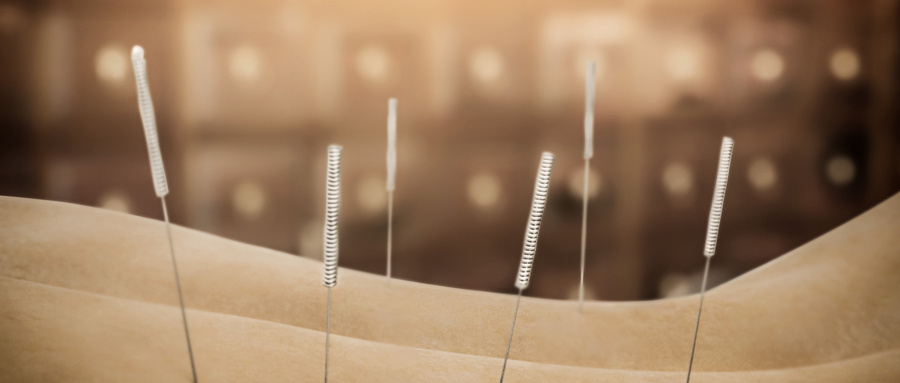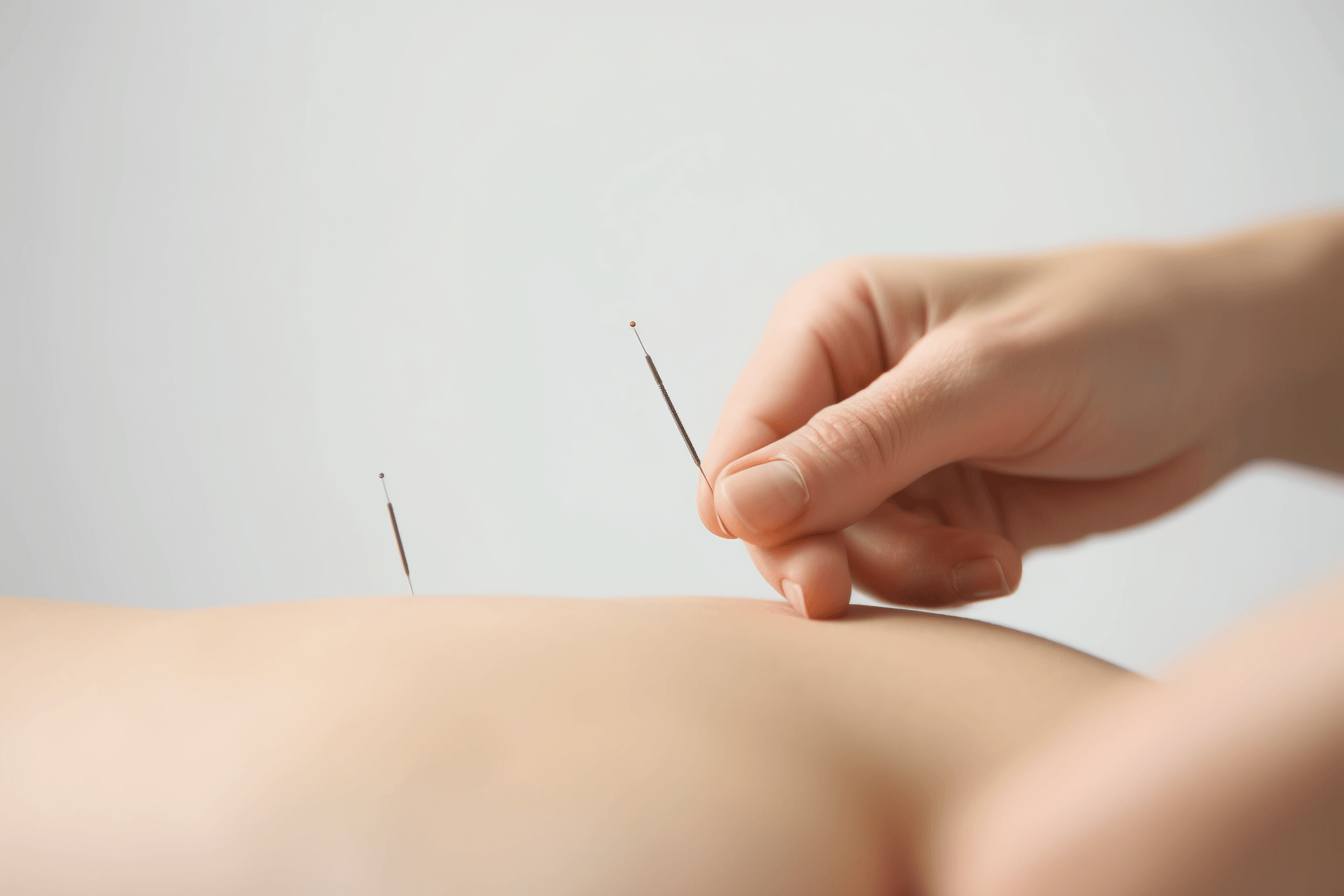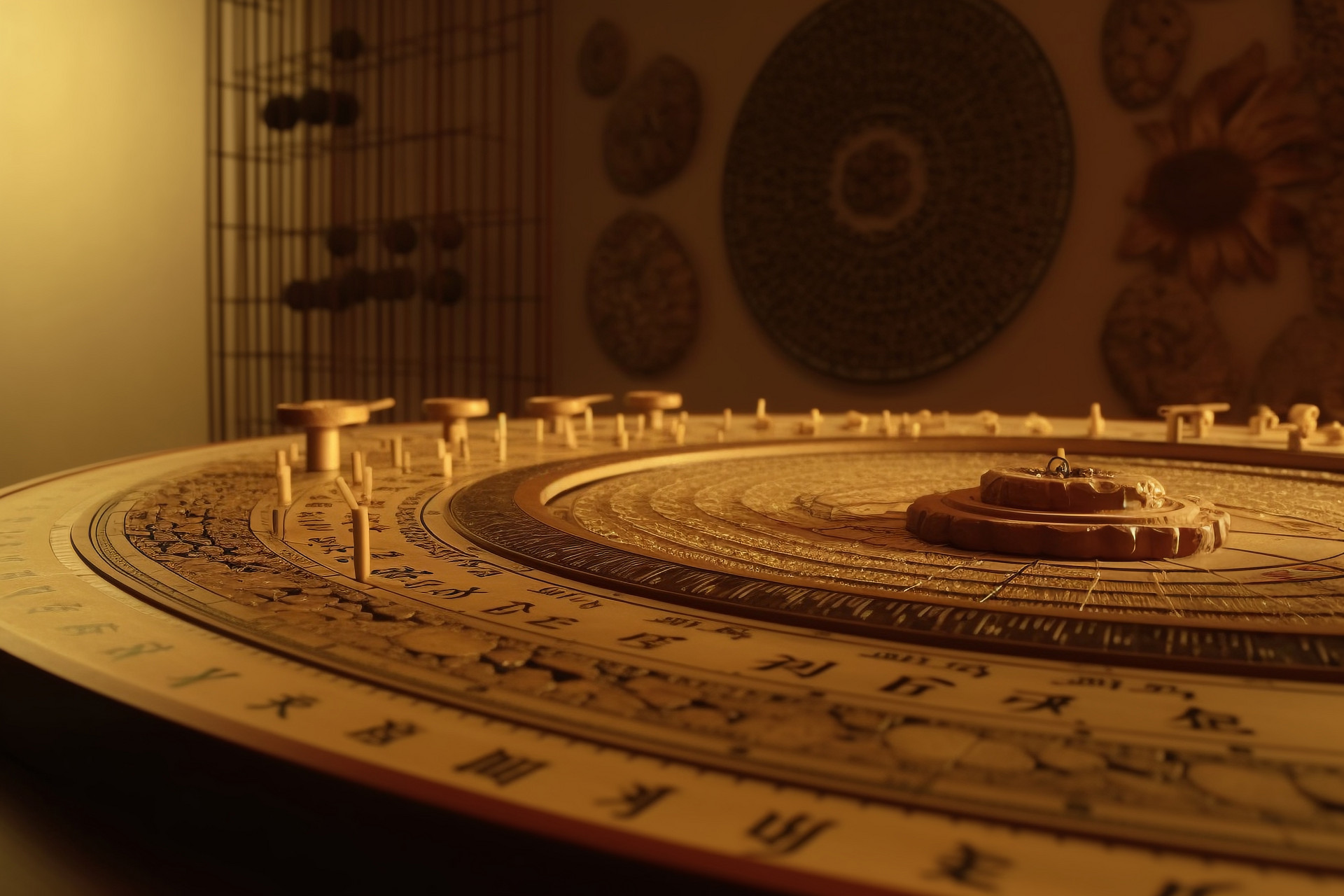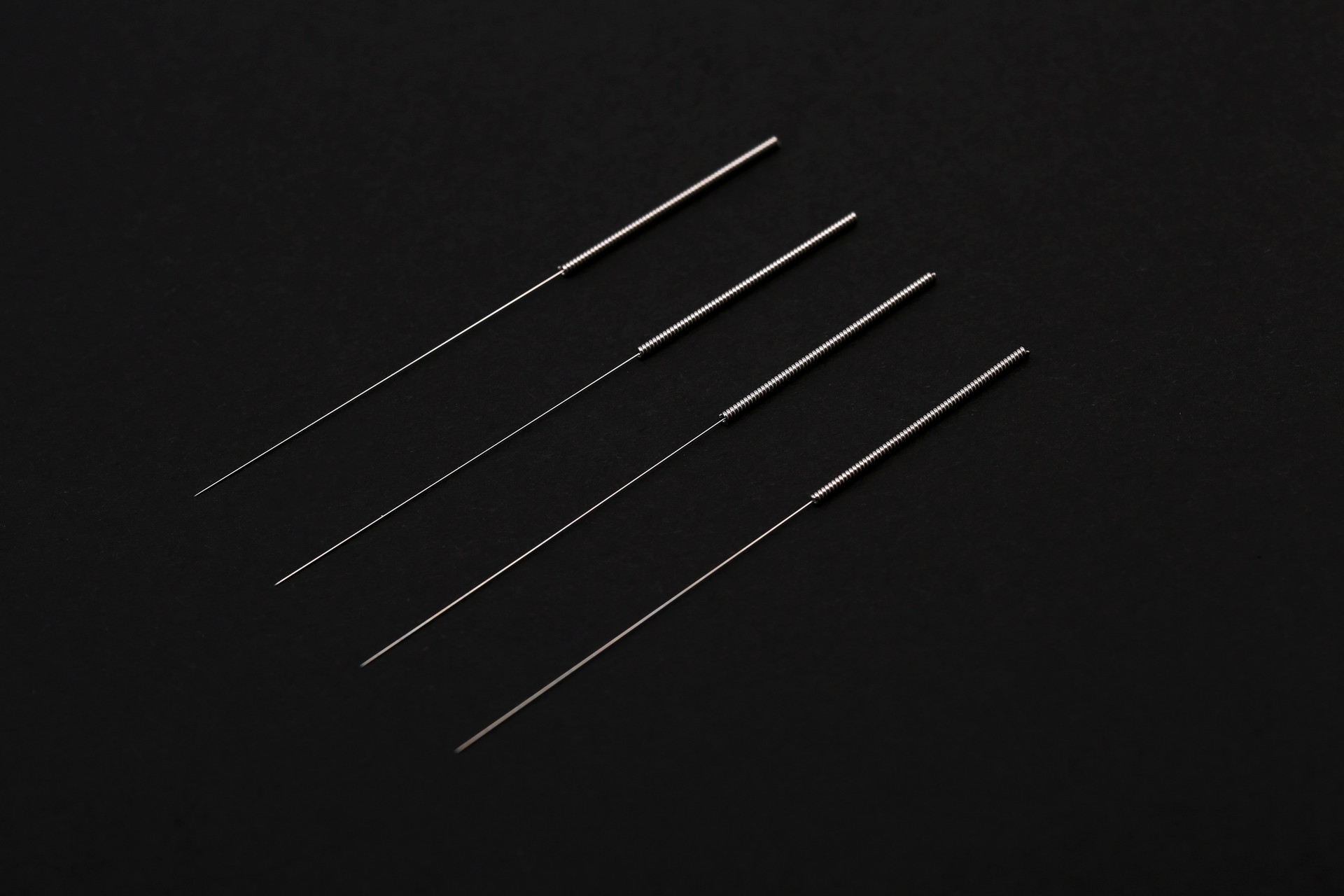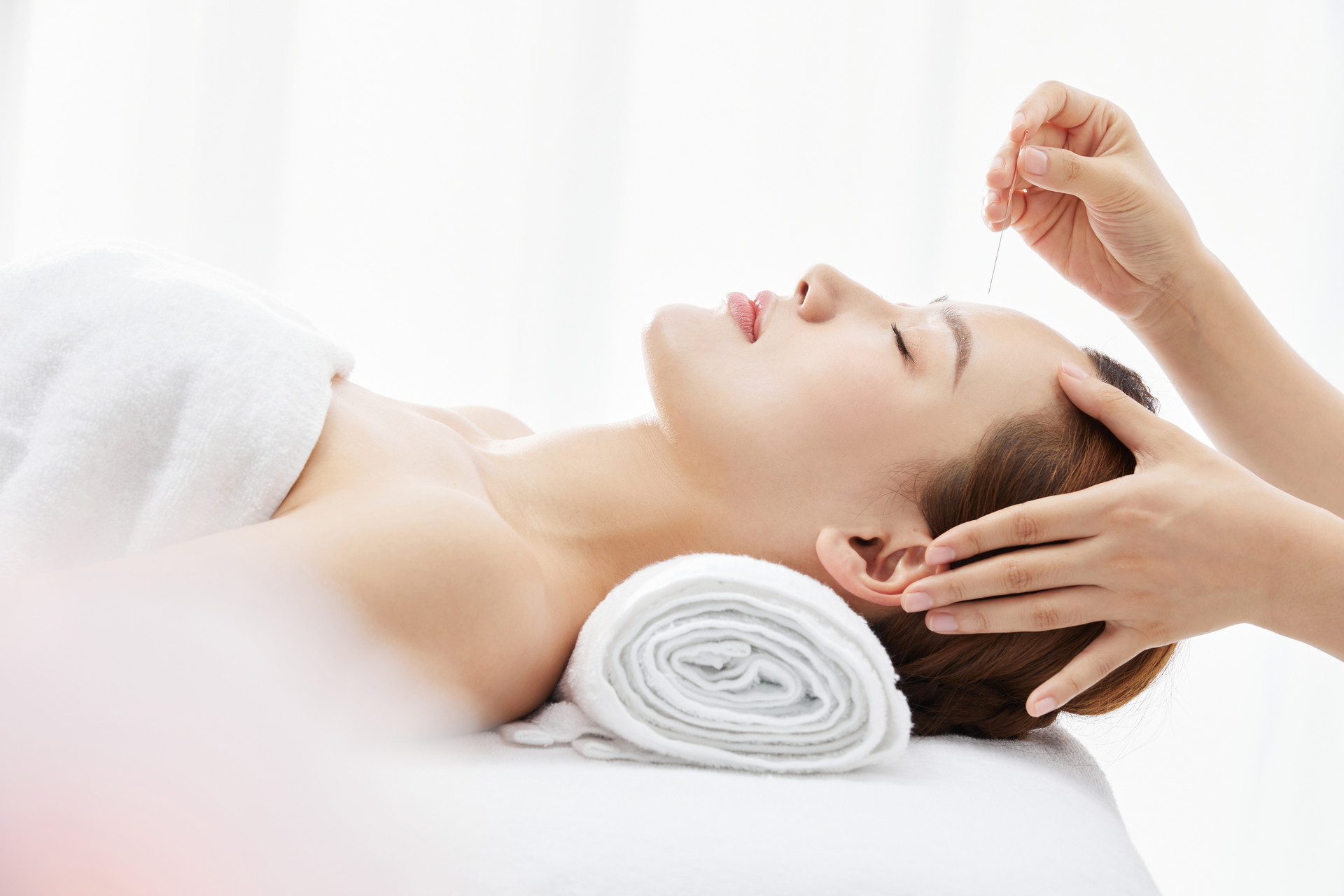The most common symptom of acute and chronic bronchitis is coughing. Traditional Chinese medicine often uses acupuncture at the lung shu point combined with abdominal application to treat acute and chronic bronchitis. The method of using acupuncture in traditional Chinese medicine has been used for a long time to achieve the goal of relaxing muscles and preventing and treating diseases. So what is abdominal application?
【Composition】
Huangqin, Mulberry Leaf, Forsythia, Pinellia, Poria each 40 grams, Tangerine Peel 30 grams, Licorice, Almond each 20 grams, White Mustard Seed 10 grams.
【Preparation】
Grind the above ingredients into a fine powder, take an appropriate amount of the powder and mix it with a small amount of water to form a paste. Apply the paste to the navel area. Cover with a dressing and fix it with adhesive tape. Change the dressing once a day, and 7 times is one course of treatment.
【Functions】
Disperse wind and heat, relieve cough.
【Indications】
Acute and chronic bronchitis (cough)
【Acupuncture at the Lung Shu Point Procedure】
Lung Shu Point Acupuncture Procedure
In the prone or sitting position, first find the landmark for the upper back: the highest bony prominence of the neck when the neck is flexed forward—the seventh cervical vertebra, then count down to the lower part of the third thoracic vertebra spinous process. According to the bone measurement cun method, the midpoint between the inner edge of the scapula and the spine is 3 cun. The point 1.5 cun from the spine is the location of the lung shu point, one on each side.
Inject 1-2 milliliters of fishy grass herbal solution into both lung shu points once a day, continuously for 2-4 days as one course of treatment. For children, halve the dosage. Generally, 1-2 courses of treatment are effective.
It can also be combined with abdominal application for better results.
【Precautions for Acupuncture】
1. Disinfection before moxibustion
In many acupuncture places, the acupuncturist rarely disinfects with alcohol during the acupuncture process, which is actually very unhygienic. If we need acupuncture, we must insist that the other party first disinfect with alcohol flame.
2. Avoid using air conditioning
Although acupuncture can help us clear blood vessels, promote blood circulation, and disperse blood stasis, if we use air conditioning while receiving acupuncture, it can easily cause stroke-like symptoms, which is not worth the risk. During acupuncture, we should ensure that there is no draft.
3. Do not shake
Acupuncture emphasizes speed, accuracy, and firmness, and advocates completing the needle insertion in one go. However, many people tend to move slightly during acupuncture due to slight pain, which not only can cause incorrect needle insertion, but even slight bleeding due to incorrect insertion.
4. Maintain a calm state of mind
Do not wear makeup, scrape tongue coating, or spray perfume during acupuncture. Ensure a pleasant and relaxed state of mind. If you feel agitated, you should sit quietly and calm down. After your mood has stabilized, consider whether to receive acupuncture that day or come another day.
5. Maintain cleanliness
Do not take a shower on the day of acupuncture, avoid cold wind, ensure adequate rest, and also avoid contact between the acupuncture site and pollutants to prevent infection from occurring;


